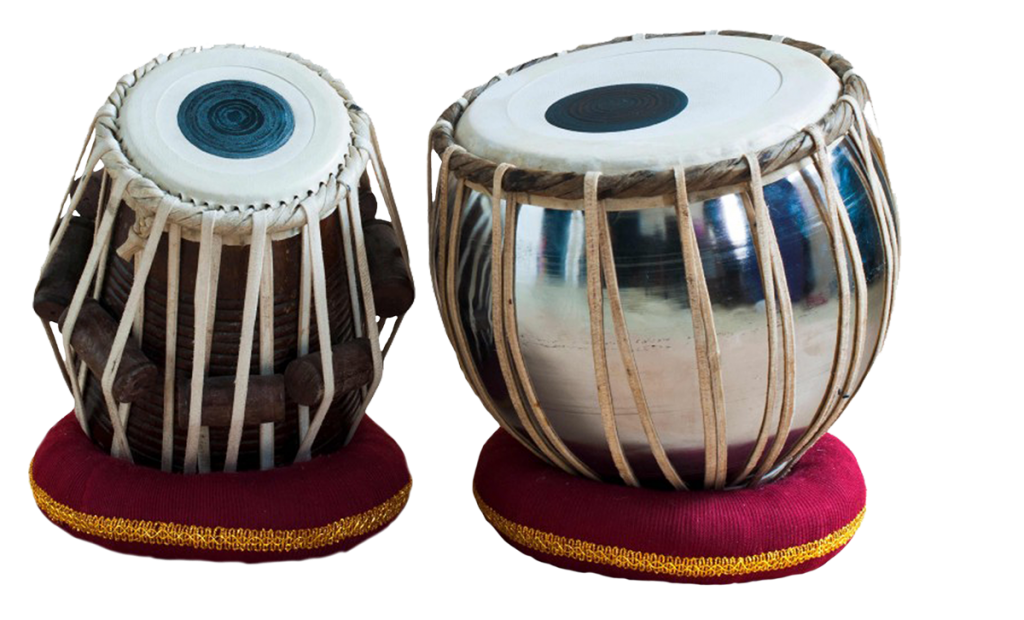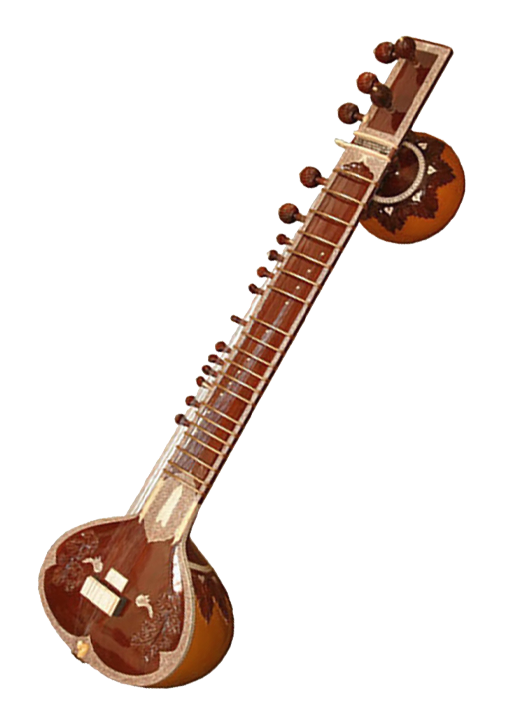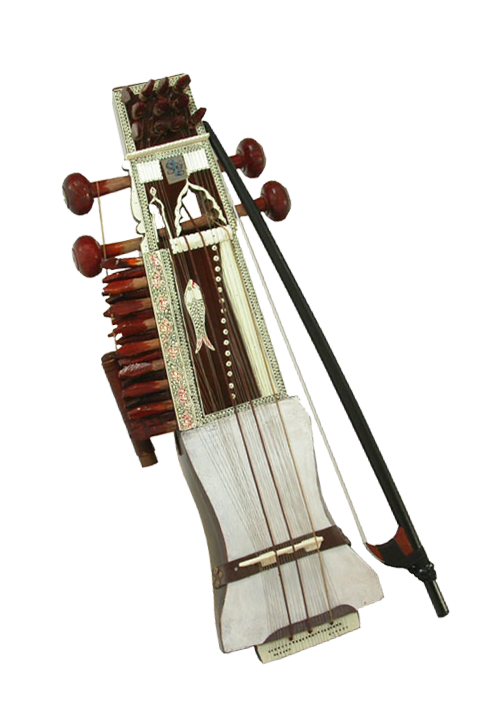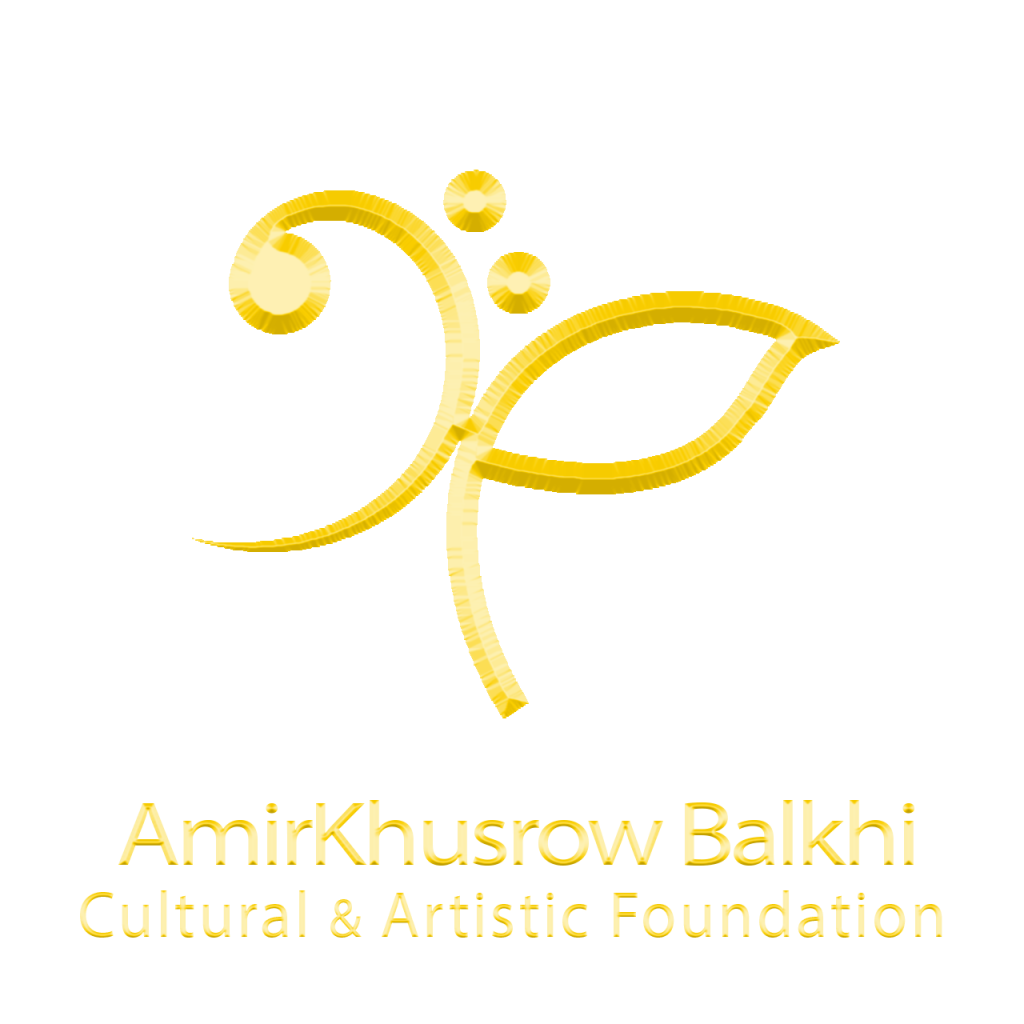About Amir Khusrow Balkhi Foundation
Amir Khusrow Balkhi Cultural & Artistic Foundation, is the first cultural and artistic institution of Afghan immigrants living in Iran, which is active in the field of music.
This foundation is from "Qawl and Ghazal of Dari House" which was established in 2008 by Mahdi Hossain Balkhi and the members of this artistic house such as music teachers and artists including maestro Habib Hasil, musician, poet and writer from India, maestro Karim Karimi, musician from Afghanistan and Mahdi Hossain Balkhi, a music researcher from Afghanistan, was formed.
Amir Khusrow Foundation officially started its activities in cultural, artistic, educational and research fields with the cooperation of Afghanistan's music elite under the title "Amir Khusrow Balkhi Cultural & Artistic Foundation" in Mashhad since 2012.
The activities of this foundation, since its establishment, have been unique in their kind at least in Afghanistan, and in some cases, unique. Therefore, the Amir Khusrow Balkhi Foundation now has a special place as one of the well-known and influential cultural and artistic institutions not only in the cultural and artistic society of Afghanistan but also among the followers and music enthusiasts of the Patiala school in the Persian-speaking area of the Indian subcontinent.
Goals
-The growth and promotion of Amir Khusrow Balkhi's musical art
-Teaching, researching and promoting the Amir Khusrow's music
-Introducing the art works of the famous figures and great musicians of this region
-Discovery of musical talents
-Defending the rights of music artists
-Development of joint artistic relations and collaborations with world music artists, especially Persian speakers area
Amir Khusrow, the son of Amir Saifuddin Mahmud, was born in 651 AH/1253 AD in Delhi or Patiala, India, and according to a legend, in the Sangcharak region of Balkh Province, Afghanistan.
Amir Khusrow's father was one of the chiefs of the Balkh tribes, who migrated from Balkh to Delhi, India, due to the Mongols' attack, and there he married to the daughter of Nawab Imad ul-Mulk, one of the Indian chiefs and ministers from Delhi. He was finally killed in a war with his enemies.
Amir Khusrow became a disciple of Sayyed Nizam ul-Din Auliya and remained loyal to him until the end of his life. He also learns music lessons from his teacher, Nizamuddin Auliya, whose last lesson was Raga Poorbi, in which the reciters now recite the Qur'an.
This outstanding literary and artistic figure is also one of the pioneers of the Chishtiyyah Tariqat, and in order to promote the Chishtiyyah Tariqat, he invented Qawwali style in classical music so that the singers and followers of this way can sing mystical and religious poems with the accompaniment of instruments, and worship in the monasteries. They are both ecstatic and enjoy and at the same time compete with the Brahmins who used to sing Bajan (a kind of Indian religious music) in their temples.
This great poet and musician, by creating the bases and inventions in music, has mixed and connected an important part of the cultural and human geography of yesterday and today, especially in the area of Persian speakers and the Indian subcontinent.
Amir Khourow Balkhi's innovations in music
۱. Creation of notes of eastern music and its meaning:
Sa-Re-Ga-Ma-Pa-Da-Ni
(Sa): means firm determination, steadfastness
(Re) or (Ra): God, remember your God
(Ga): Sing
(Ma): Avoid arrogance
(Pa): purity from hatred, envy, jealousy and...
(Da): Avoid material things
(Ni): Be humble
۲. The invention of musical instruments such as:
{Tabla} a percussion instrument consisting of two drums that are tuned to musical notes and each has a pitch.


{Sitar} is a beautiful instrument which is call King of Strings by musicians
{Sarangi} a stringed instrument played with a bow.

{Sitar} is a beautiful instrument which is call King of Strings by musicians

{Sarangi} a stringed instrument played with a bow.

These three musical instruments are amazing instruments that have amazed music scientists and so far no instrument has been made as beautiful as these three types of instruments that are complementary.
۳. Raga and Ragni (melody form) and classical singing styles such as Tarana, Khyal, Qawwali, Thumri which has its own special method and philosophy, and we are unable to interpret it, and the elders and owners of this school should analyze it.
In this context, it is appropriate to mention the famous treatise "Qanoon e Tarab" by great maestro Ustad Sarahang, in which it is stated: "Amir Khusrow Balkhi invented and applied important principles in the science of music, which became a source of admiration for the masters of art and music. Gopal, the greatest musician of his time, with the scientific power he had in music, bowed and paid respect to all the merits of Hazrat Amir Khusrow and benefited from his talks and experiences as long as he was alive.
It should be remembered that the maestro Ustad Sarahang was the first person who called Amir Khosrow Balkhi in the heart of India. During one of the maestro's artistic trips to India, he was told that it is very important that Indian music has opened a place in Afghanistan and he said: Our music is not from India. Indian music is Karnataka, and our music is from my teacher, Amir Khusrow Balkhi, which I will sing.
Share to
Facebook
Twitter
WhatsApp
Email
Telegram
